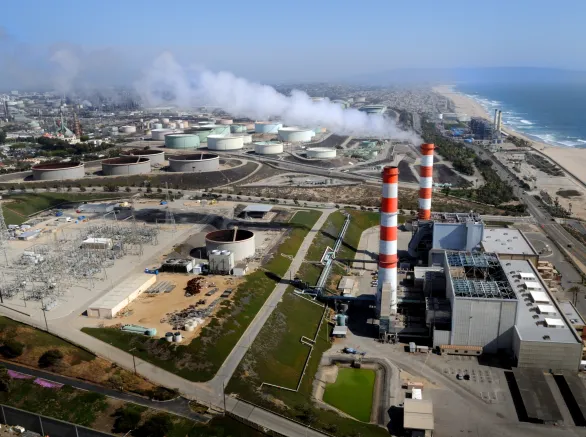

- Ph.D., Civil and Environmental Engineering, Massachusetts Institute of Technology (MIT), 2022
- B.S., Civil Engineering, University of Pittsburgh, 2016
- Estuarine and Coastal Fluid Dynamics (OCEAN 590), Friday Harbor Laboratories, University of Washington, 2019
- National Science Foundation, Graduate Research Fellow, 2019–2022.
- MIT Diversity Fellow, Massachusetts Institute of Technology (MIT), 2017–2018.
- Michael J. Kowalski Fellow in Ocean Engineering, Woods Hole Oceanographic Institution (WHOI), 2017–2018.
- Spanish
Dr. Adrian Mikhail P. Garcia has expertise in hydrodynamics, surface and groundwater hydrology, and transport processes in the environment. He specializes in using numerical modeling, field observations, and remote sensing techniques to understand complex fluid mechanics processes in the built and natural environment, and to support assessments of environmental impacts and regulatory compliance.
Dr. Garcia's research focused on the influence of physical elements on the hydrodynamics of the coastal zone. During his doctoral studies at the Massachusetts Institute of Technology and Woods Hole Oceanographic Institution, he designed field experiments and built computational models to understand physical controls on saltwater intrusion in a tidal estuary with complex topography. By applying a novel Lagrangian analysis to numerical simulations of an estuary, he demonstrated the dominant role of topographically induced dispersion on the horizontal transport of waterborne constituents (e.g., salt) in tidal environments. These results provide insights into how future infrastructure projects can influence circulation patterns in the coastal zone. Additionally, Dr. Garcia has conducted laboratory experiments which determined that mangrove forests increase the effective drag coefficient by 2 — 3 orders of magnitude compared to bare seabeds, thereby reducing wave energy and providing a form of nature-based coastal protection. This research highlights the important role of mangroves and other elements of green infrastructure in mitigating the impacts of storm surge and rising sea levels due to climate change.
Dr. Garcia's skillset includes applying analytical and numerical methods (e.g., CORMIX) to evaluate mixing, dispersion, and transport processes in the environment; using 3-dimensional hydrodynamics models such as Delft3D, Environmental Fluid Dynamics Code (EFDC), and the Regional Ocean Modeling System (ROMS); assessing groundwater flow and contaminant transport using Darcy's law and models such as MODFLOW; evaluating the exchange of groundwater and surface water flows in the hyporheic zone; analyzing time-series from observational datasets and multidimensional model output files; conducting geospatial analysis in Python, QGIS, and ArcGIS; evaluating hydraulic designs based on engineering calculations and physical principles; and modeling 1-dimensional river hydraulics and surface hydrology using HEC-RAS and HEC-HMS.
